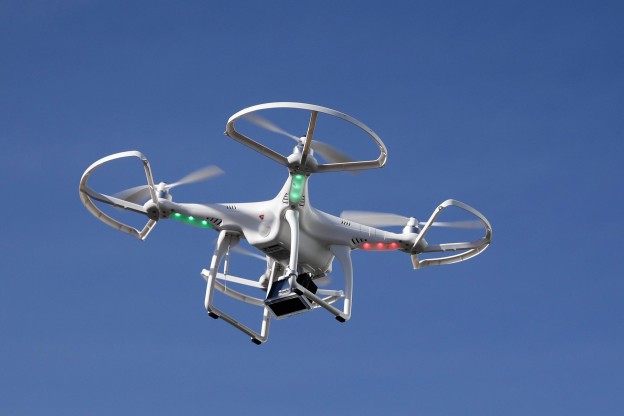Drones have become immensely popular in the past few years. As more and more people have started flying them, manufacturers have rushed to adapt to new demands, and provide new features for their buyers.
Things are changing fast in terms of drone manufacturing and design trends, and knowing what to expect for the next few months can help you not only make a more informed buying decision (if you are in the market for a consumer drone), but to help you sift through what features are truly important, or are just gimmicky add-ons.
What You Can Expect from Drone Technology in 2016
There are a lot of changes coming for drone pilots in 2016. While some of those involve alternative form factors (the Parrot Disco is a good example of this), there are others you should know.
Sensors: In 2016 drones will start packing more sensors into their designs than ever before. The sensors are designed to help make flying and landing safer by sensing obstacles.
Most will be tied into automatic functions that allow the drone to shift out of the way of obstacles on the fly (no pun intended).
Racing: Look for smaller, sleeker and faster drones to come to market later in the year as the popularity of racing increases. This also applies to accessories, such as FPV goggles and the like.
Padding: Some drones will begin to feature designs that help protect sensitive parts often damaged during crashes. Some will feature designs that put the props behind a completely protective barrier, while others will feature padding for the more sensitive equipment (like the camera).
Lighter Designs: As the FAA regulations begin to affect drone pilots, manufacturers have taken note of the dissatisfaction with the new rules. To cater to those pilots, many companies are now offering lighter weight drones that inch in just under the FAA’s weight requirement.
This will likely be an ongoing trend, although it’s always possible that the FAA will modify their weight limit to ensure that the majority of drones are registered.
Flight Times: One thing that won’t change is the average flight time for drones. Smaller drones generally offer up to about 10 minutes in the air, while larger drones can provide somewhere around 30 minutes, with some notable exceptions offering up to 45 minutes in the air.
Don’t look for this to improve very much. It’s tied directly to battery technology, so until battery technology dramatically improves, you’ll be stuck with those times.
More Automation: As more and more people get into drone flying with little or no experience, many designers are incorporating automation that makes it simpler and easier to get off the ground, and then get back down. We’ve already seen a slew of companies adding go to home functionality, as well as auto takeoff and landing features.
There’s more to come in this area as well. Some drones may offer an almost completely automated experience eventually, but we’d say that takes the fun out of flying in the first place.
These are just a few of the trends that will become more prominent as 2016 continues, although there may be some surprises in store.

